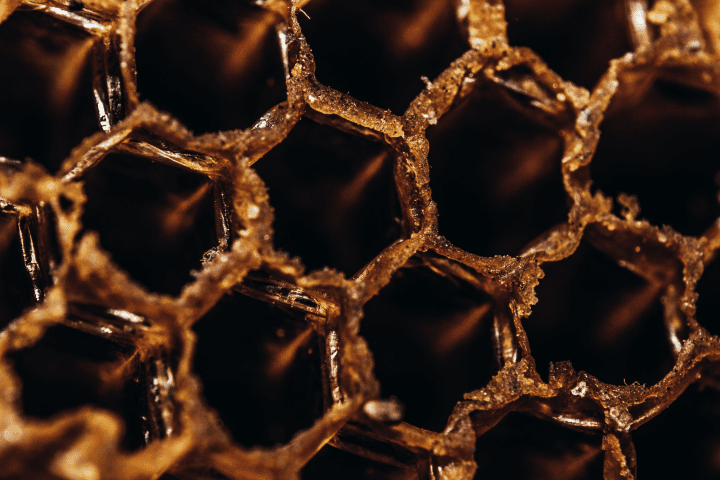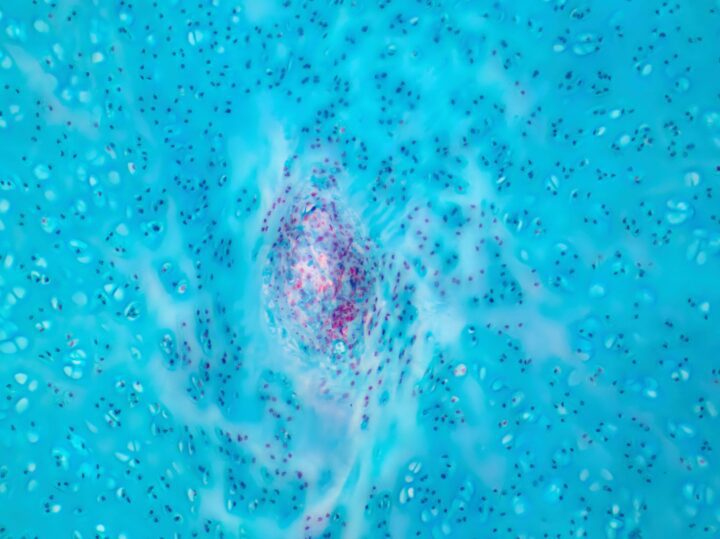Pneumocells are inflatable building materials that join together in a specific sequence to create a high performance structure.
Benefits
- Reduced materials
- Rapid assembly
- Lightweight
Applications
- Commercial and residential buildings
- Temporary housing
UN Sustainable Development Goals Addressed
-

Goal 11: Sustainable Cities & Communities
The Challenge
Building materials can be costly, heavy, and made of materials that are not environmentally friendly.
Innovation Details
Pneumocells are made of TPU (thermoplastic polyurethane), a 100% recyclable material. The pneumocells join together in a specific sequence to create a high performance structure, inspired by the way biological cells come together to form stable structures. Because they are inflatable, they use minimal materials and take up a very small amount of space prior to final assembly. The structures can be rapidly assembled in varying shapes and sizes. Single damaged components can be easily replaced, imparting substantial resilience on the structure.
Biological Model
In many biological cells, similar to the cells of bee honeycombs and bubbles of all kinds, the outer surface of each cell or bubble forms a sphere, whereby the pressure in the membrane is minimized and is equivalent in all places. The larger the diameter of the sphere, the larger the outer tension under the same air pressure. When cell- or bubble-based constructions are divided into a series of cells that distribute the volume, the constructions become more stable and less sensitive to pressure. Biological cells utilize this principle and Pneumocell uses the same concept.



